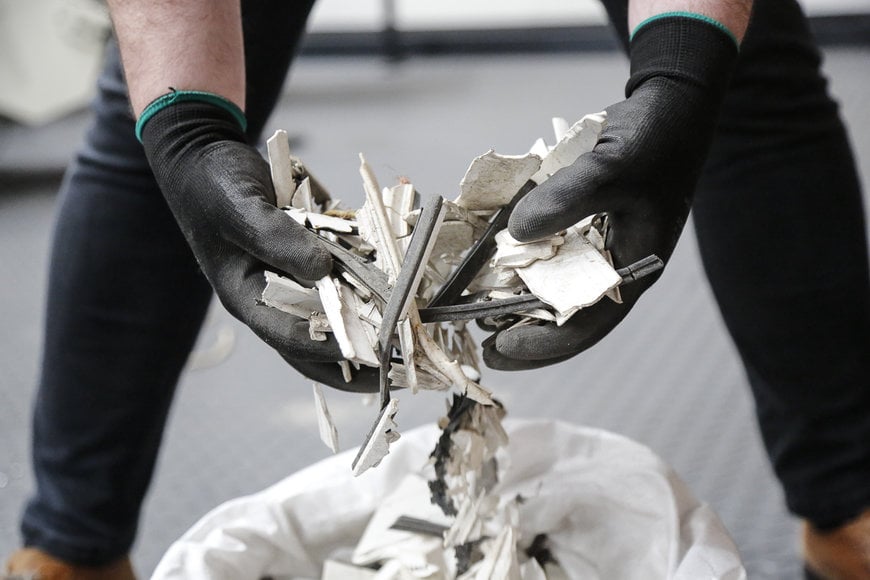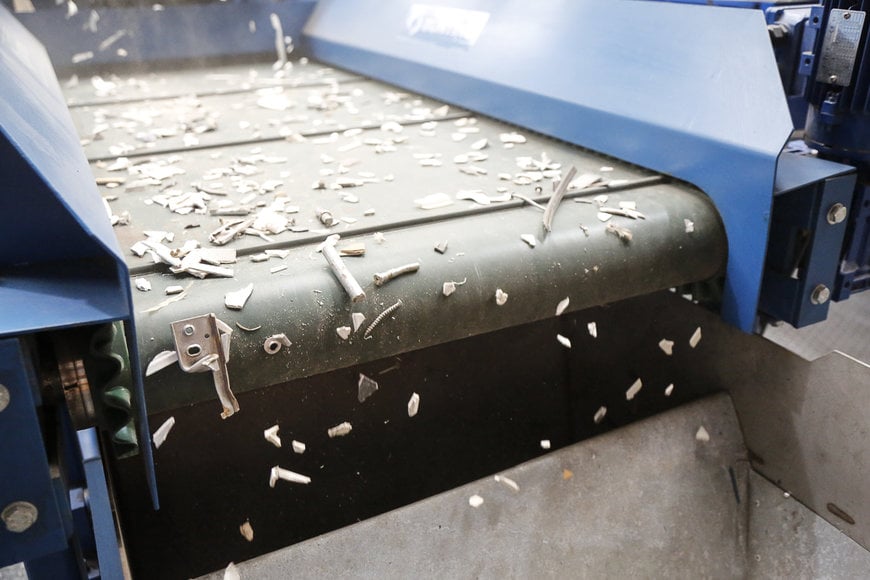www.industry-asia-pacific.com
31
'22
Written on Modified on
Stainless Steel Separation When Recycling UPVC Windows
353,000 tonnes of window profiles and related products got recycled in 2020 (source Recovinyl). Although there was a slight fall in the total amount of PVC recycled in 2020 (due to the Covid-19 pandemic), the UK and Ireland recycle the second highest tonnage in Europe behind Germany.

Shredded UPVC Window Frames
Bunting is one of the world’s leading designers and manufacturers of magnetic separators for the recycling and waste industries. The Bunting European manufacturing facilities are in Redditch, just outside Birmingham, and Berkhamsted, both in the United Kingdom.
The recycling of UPVC windows is a long-standing success story. Since the early 1990s, changes in window and profile designs aided the recyclability, making separation of individual components and materials easier. Metal is a key material to remove.
There are many metal components in a UPVC window including handles, hinges, and locks. These could be steel, stainless-steel, aluminium, and brass. If such metal is not successfully removed during the recycling process, it can cause serious and costly damage to process equipment (e.g. shredders) and reduce the value of the end resaleable product.
Removing the Metal
The metal present in UPVC windows is a mixture of ferrous (magnetic), non-ferrous (non-magnetic) and stainless-steel (weakly magnetic post shredding). This means the necessity of several stages of metal separation, using different metal separation technology.
Optimum metal separation is a function of the liberation of the metal from the plastic and the performance of the magnetic separation equipment. After the UPVC windows are manually separated into white and non-white, a primary stage of shredding produces a coarse fraction containing free larger metal.
A combination of Overband Magnets and Drum Magnets remove ferrous metals, with an Eddy Current Separator ejecting non-ferrous metals such as brass. However, stainless-steel has proved difficult to separate due to the exceptional low magnetic properties.
Stainless-Steel Separation
Until recently, the effective extraction of stainless-steel was difficult. Stainless-steel passing through a shredder becomes weakly magnetic, but the magnetic susceptibility is too low for successful separation using other magnetic separators such as Overband Magnets.

Separating Stainless Steel from UPVC Window Frames
The HISC and SSSC Magnetic Separators use an ultra-high magnetic head pulley to separate very week magnetic particles. In operation, a vibratory feeder delivers a mono-layer of material on to thin conveyor belt. The belt moves the material into the magnetic field of the head pulley, where the attractive force of weakly magnetic particles alters the material trajectory and enables separation from non-metallic materials.
After the Stainless-Steel Separator, the 20-50mm size-fraction feeds through a gravity-fed metal detector, which identifies and automatically rejects any remaining metal contamination. Some plants also have a highly sensitive tunnel-type Metal Detector mounted around a conveyor as a final quality check prior to bagging or storage.
UPVC Ready for Reuse
After the separation of all metals and further colour recognition and removal, the UPVC is commonly further size-reduced into re-useable granules or powder.
UPVC windows can be recycled at least seven times without having any impact on the quality or weather resistance characteristics.
www.bunting-redditch.com

